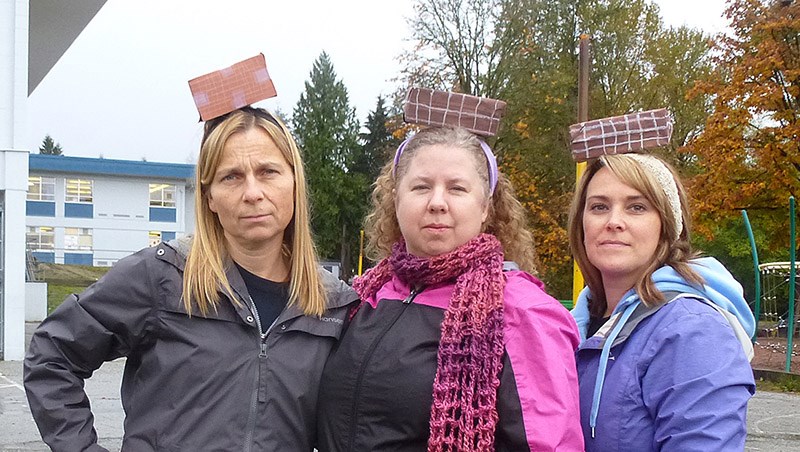The Editor,
Re. “Irvine parents want a new, safe school” (The Tri-City News, Oct. 21).
To school board chair Judy Shirra: It is not fear-mongering to make note that in the event of a subduction earthquake — “the big one” we’ve been warned about — any H1 school will be levelled, along with any other buildings that are not built to the latest earthquake-resistant design.
To say that these buildings are not dangerous in an earthquake displays a level of ignorance about the reality of what would happen in a large quake. The reason we no longer build schools with unreinforced cinderblock walls — like Irvine — is because they fall down in earthquakes.
I am a geologist and when people ask me what keeps me awake at night, I tell them large-scale earthquakes in the Lower Mainland.
My kids attend Irvine and we are seriously looking at other options for schools if nothing is going to be done. It is not if but when a seriously damaging earthquake happens here. We are not fear-mongering, we are trying to keep our children from being crushed by their school.
The school board members seem to be content to bury their heads in the sand about what will happen to these high-risk schools in the event of an earthquake.
Marc Simpson, Coquitlam
don’t ignore fear
The Editor,
Thank you for the article regarding the need to rebuild our schools for seismic safety. The parents featured in the story should be commended for their efforts to pursue this issue.
The school board chair, Judy Shirra, notes that her children attended Irvine 25 years ago and that parents should avoid fear-mongering. It is interesting to note that the theories of continental drift and plate tectonics are less than a century old. In fact, the scientific community only accepted these theories in the late 1950s and early ’60s, only a few years before construction began on Irvine and the opening of the school in 1969.
In the lifetime of this school, we have only just begun to build our understanding of plate tectonics and the associated hazards. During the same time, we have been learning how to engineer our infrastructure to mitigate the risks of movements in the Earth’s crust.
I would argue that while we are fortunate not to have experienced a significant seismic event, it is only because we value and pursue education that we are now so aware of this region’s seismicity. Concerned parents are not fear-mongering — they are acting on the knowledge we have today and insisting that we build safe places for our children to continue learning about this world and how best to live in it.
But fear cannot be ignored. Fear is what drives us to do things differently to avoid undesirable outcomes.
Some of our schools are known to be at risk of structural failure. The government appears to be pursuing a course of action to remedy this and while the government should be praised for placing the replacement of our riskiest schools as a priority, the pace of that work leaves much to be desired.
In the meantime, we should be mitigating the risk that we currently face. Detailed and appropriate procedures for evacuating buildings identified at high risk of failure should be put in place. We could install Earthquake Early Warning systems in the schools or make sure that our schools are linked directly to some of the regional systems being developed for early earthquake detection. Specialized desks able to withstand building collapse are available. Myriad other mitigations to reduce the risk our children are exposed to may be available and these should be actively pursued while we await the replacement of schools that are years away even if construction began today.
Our children are our most valuable resource. Their safety is non-negotiable.
I encourage other parents to get involved: Inform yourselves, speak up at parent advisory council meetings, reach out to the people in your community who are responsible for making decisions and taking action on the seismic safety of our schools.
David Weston, Coquitlam



